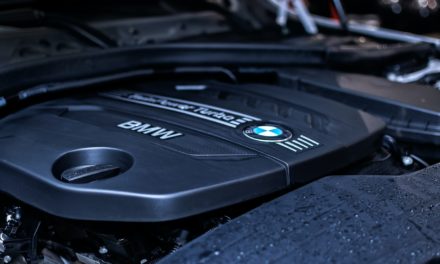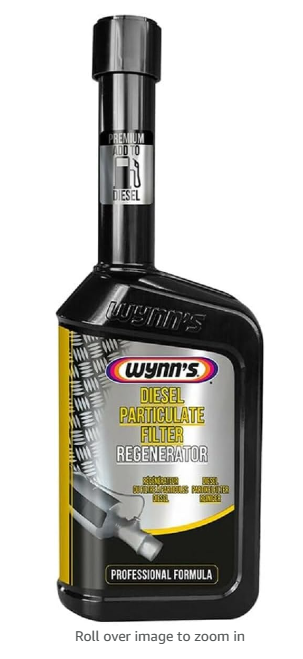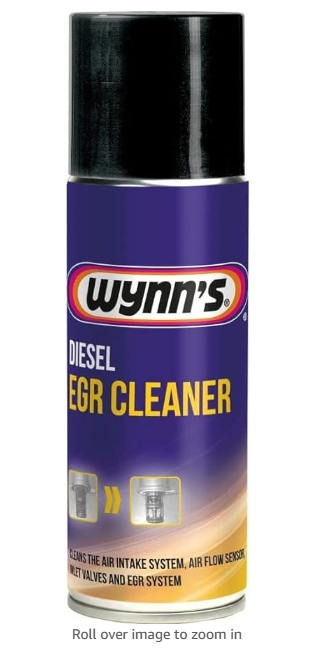Do you trade in your luxury car for a new one every few years? Or did you scrap and save until you could afford the BMW of your dreams? No matter how you got your car, this guide to BMW repair and maintenance can help you keep your ride in tip-top shape. Then, hopefully, your car won’t suddenly break down, leaving you stranded on the side of the road.
Invest in a Car Warranty
If you recently bought your car brand new, there’s an excellent chance that a manufacturer warranty protects its components. So, providing that you take care of the vehicle adequately, you can get faulty car parts repaired or replaced for free. However, manufacturer’s warranties eventually expire, usually after 3 years or 36,000 miles. Once this warranty expires, it’s a good time to invest in a BMW extended warranty.
Then, when repairs are needed, you’ll only pay the amount of the deductible and the warranty company covers the rest of the bill. This type of warranty can come in handy because, without it, you may not be able to cover auto repair expense. After all, research shows that BMW vehicles are some of the most expensive to maintain.
In fact, one BMW model, the 328i, is the most expensive luxury vehicle to maintain. If you own one of these, you should expect to shell out around $17,800 over a ten-year span for repairs. It’s easy to see how an extended car warranty could come in handy with a figure like that.
Review the Owner’s Manual
Many people wait until something goes wrong before reviewing their owners’ manuals. However, it could be in your best interest to read the book in your free time. The manual can teach you useful things like how to set the clock and radio stations. Not only that, but the booklet should include maintenance information. For example, you can read the pages to find out when to check and change the vehicle’s oil, rotate its tires, and much more.
Your BMW’s owner’s manual also contains information on the best maintenance schedule for the vehicle. Following this schedule can help you keep your vehicle in top shape.
Regularly Check the Tires
Nothing good can happen from riding around on underinflated or overinflated tires. For instance, when tires don’t have the appropriate amount of air, your car’s steering is affected. As a result, you could lose control of your vehicle and crash. Plus, improperly inflated tires can have an adverse impact on fuel consumption, and your car could start drinking gas like it’s nothing. Thus, check the air pressure in your tires at least once a month to keep these situations at bay.
It’s also a good idea to regularly examine the tread on the vehicle’s tires. You can use a penny for this task. The penny simply needs to be placed between the ribs with the president’s head pointed down and outward. If the top of Lincoln’s head disappears once the penny is placed, the tires are in pretty decent shape as far as its tread is concerned. However, if Lincoln’s entire head is visible, you’ll likely need to visit a local tire shop sooner rather than later. You’ll need to invest in some new tires that can grip the road effectively.
Save Money with Do-It-Yourself Repairs
If your car needs repairs and it’s not protected by warranty, all may not be lost. There might be another way to fix your ride without breaking the bank. For instance, if you’re good with your hands and have some tools, you can always attempt do-it-yourself repairs. With these repairs completed correctly, you’ll save some cash by not having to pay a local mechanic to do the work.
And it’s okay if you don’t have any clue what you’re doing. If you have access to the web, you can probably find a video to show you how to complete various tasks online. You can also get a book or a manual from an auto parts store that will give you step-by-step directions on how to perform repairs.
Inspect Belts and Hoses Regularly
If a belt is affected by dry rot and busts under your hood, that could leave you stranded. Today’s cars typically have serpentine belts that control all the systems. So, if yours breaks, you won’t have air conditioning, power steering, or anything else.
Therefore, it is of the utmost importance to examine your belt closely once a month or bi-monthly. Be on the lookout for splits, tears, or missing pieces. Then, if any of those issues exist, replace the belt to ensure it doesn’t become a problem while you’re out on the open road.
Also, you will need to make it a point to check the hoses under the hood. The lines will carry various substances such as oil, transmission fluid, and coolant, which help everything function and run like a singular well-oiled machine. If you notice liquid spraying or dripping from a hose, the connection could merely need to be tightened. However, the piece may also need to be replaced. You’re definitely going to want to resolve the situation promptly because the engine, transmission, or another component may go kaput when fluid levels get too low.
A Few Last Words
Hopefully, you now have a better idea of how to care for your luxury vehicle. Of course, these tips barely even begin to scratch the surface, though. So, don’t hesitate to do more research on taking care of your vehicle. Then, keeping your ride in tip-top shape and condition should be a breeze.






